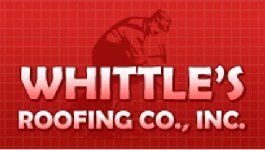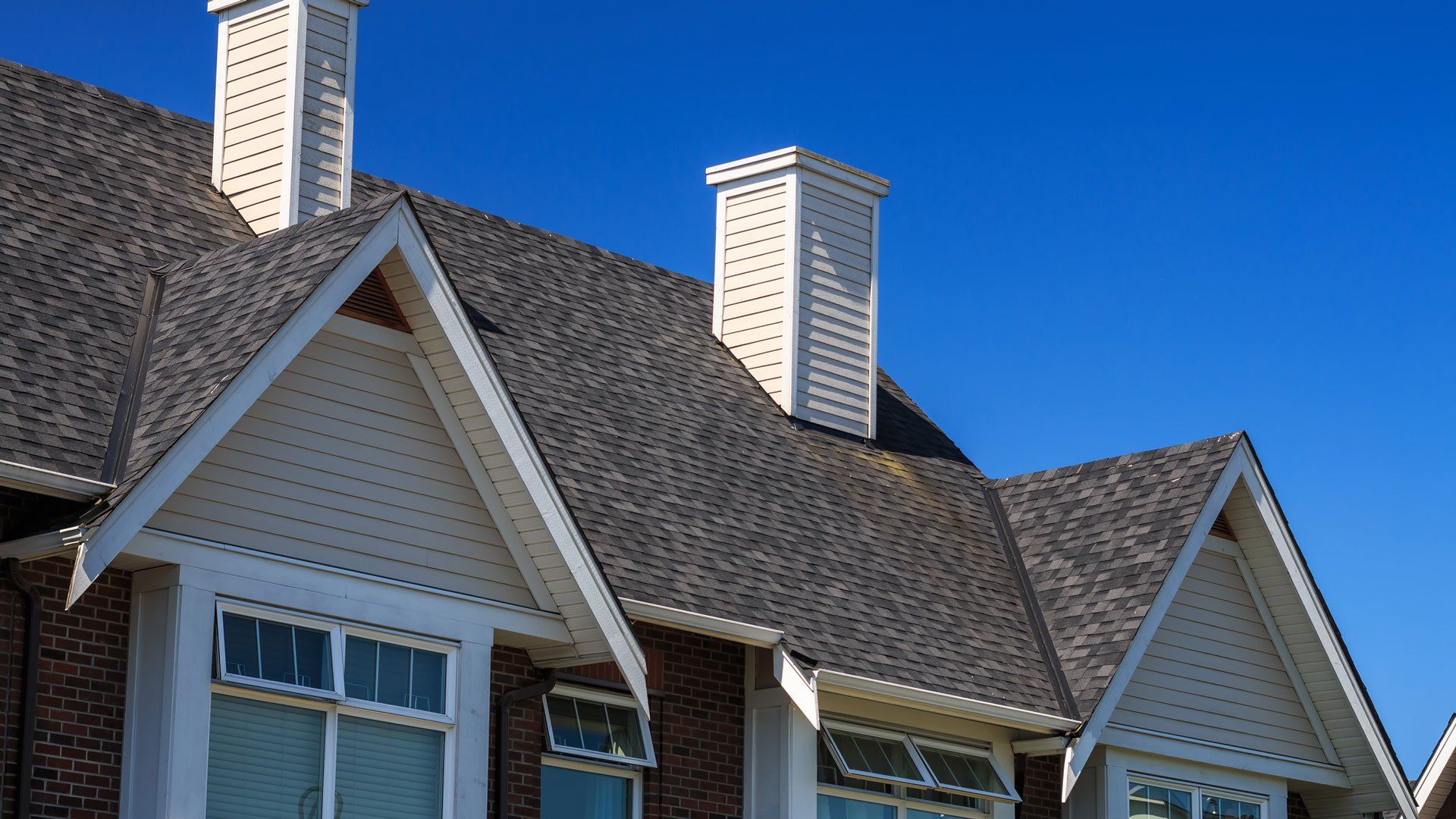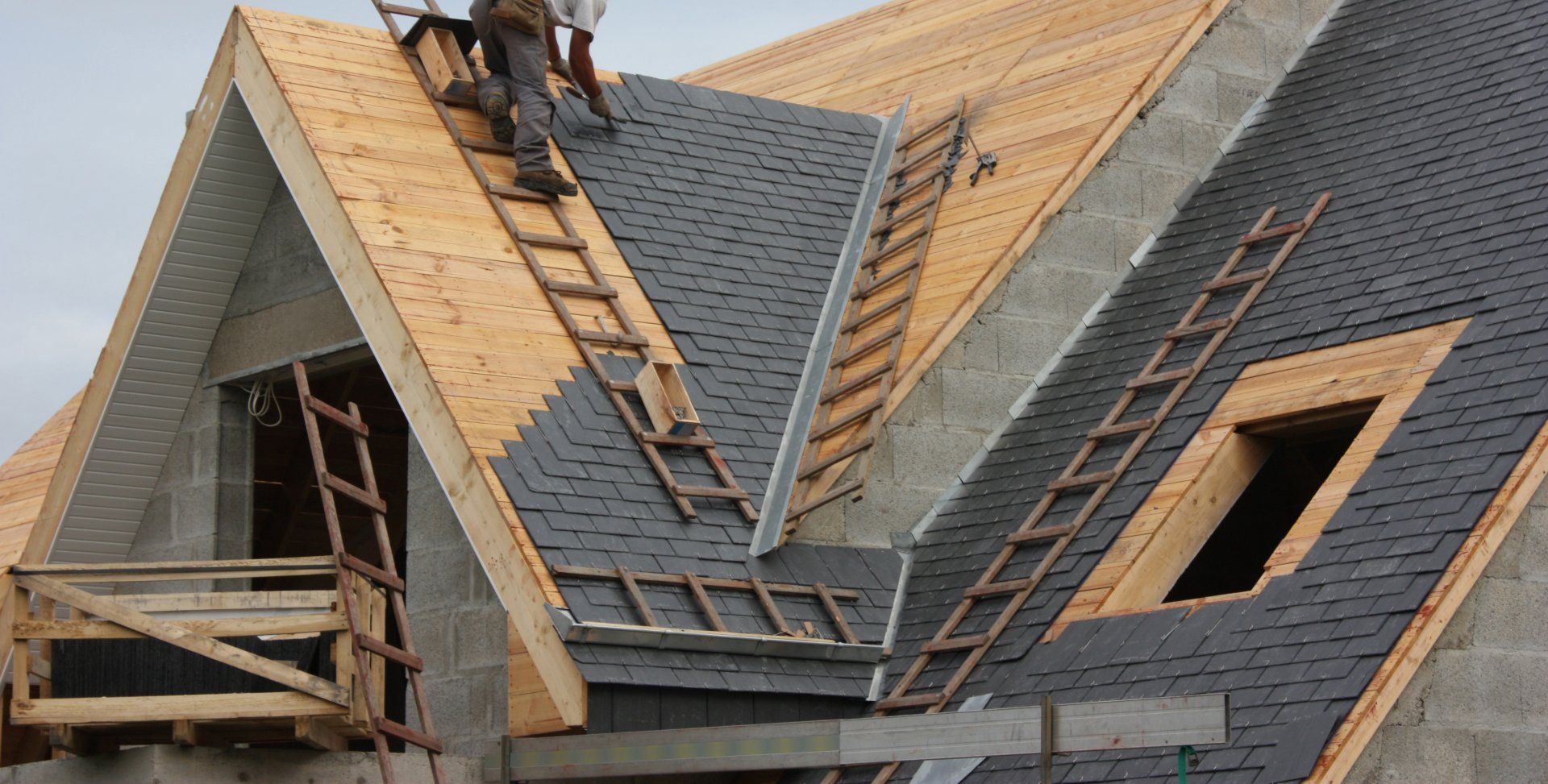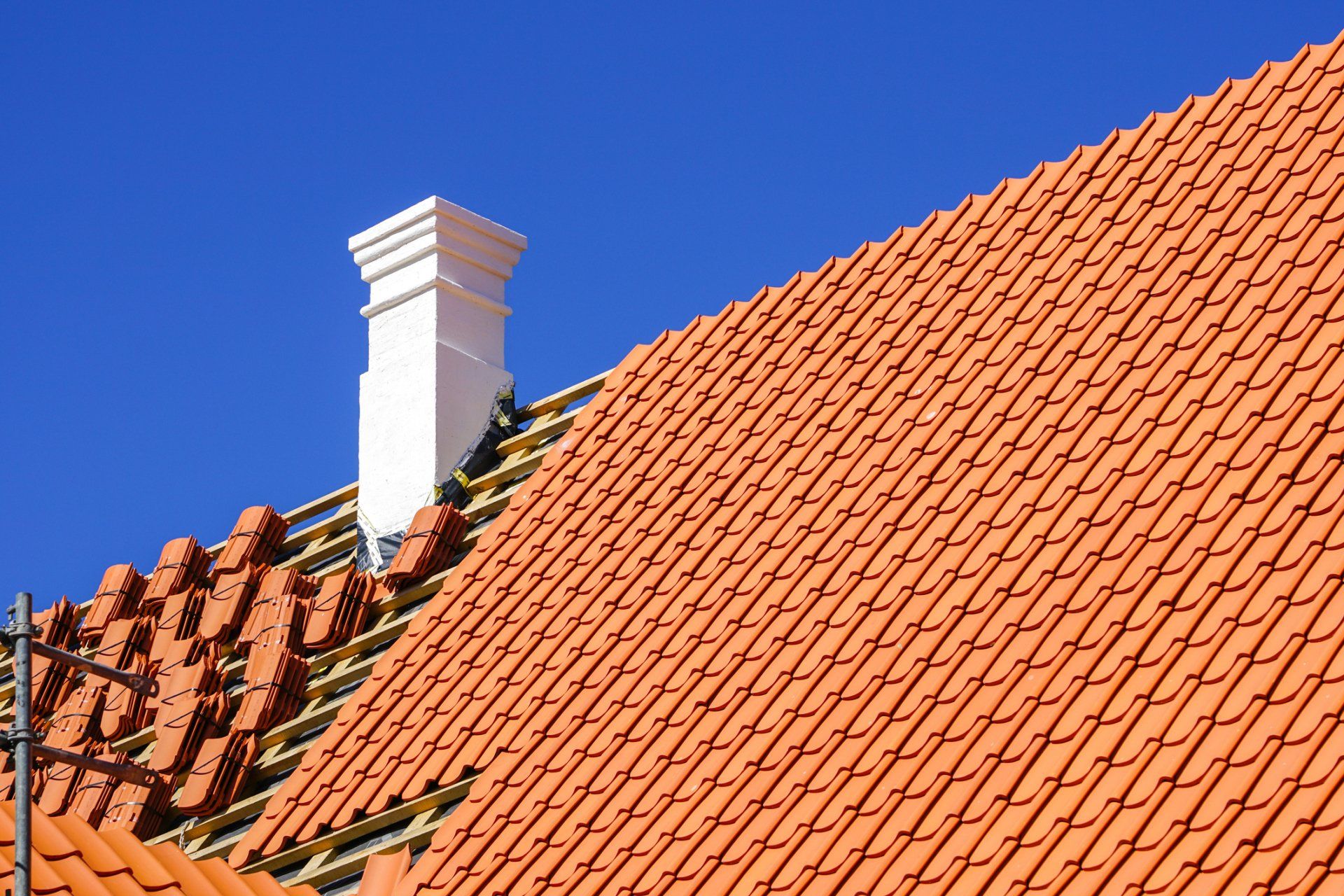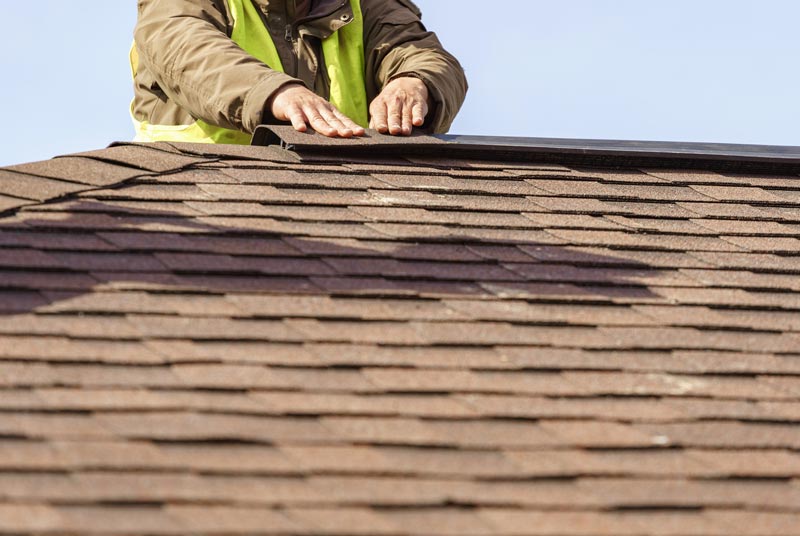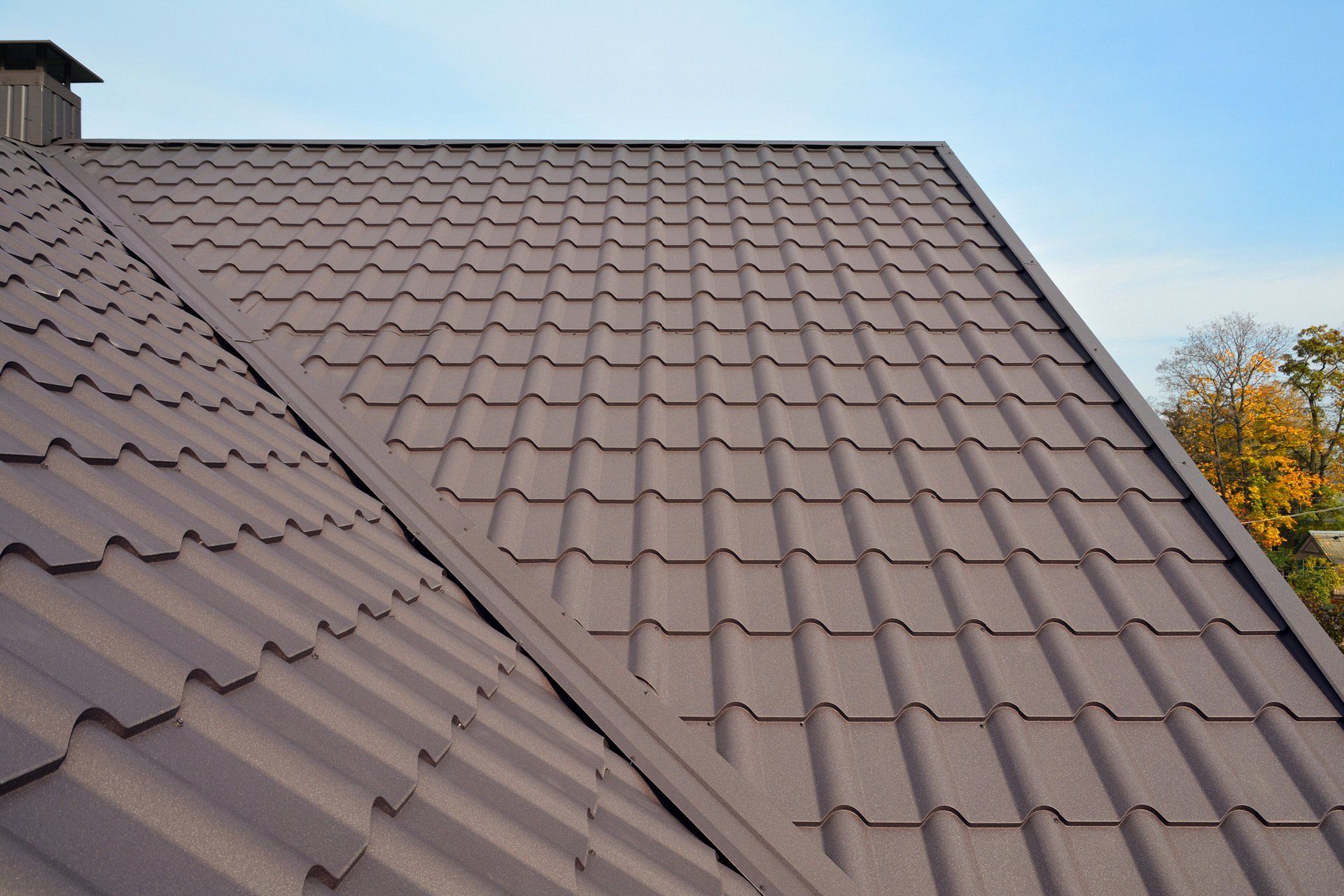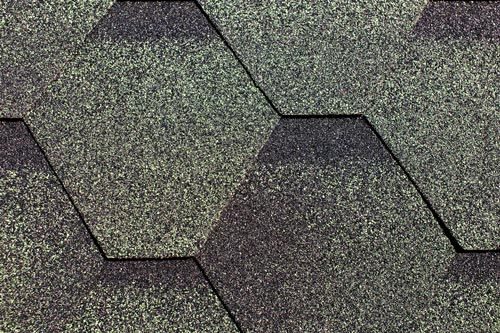Tips for an Energy-Efficient Roof
Admin • June 17, 2020

An energy-efficient roof can save you money, help protect the environment, and keep your house comfortable. Some of the energy-efficient measures apply during installation, while others apply even on finished roofs. Below are some of the measures that will give you an energy-efficient roof.
Choose Energy-Efficient Materials
Roofing materials differ in how much heat they reflect and how much heat affects them. Materials that reflect the most heat are energy efficient because they won't allow heat from the sun to heat up your house too much.
The best way to ensure your roofing material is energy efficient is to choose materials with an ENERGY STAR rating. Materials with this rating reflect more heat than they absorb. ENERGY STAR materials also emit most of their heat rather than retain it.
Use Light-Colored Roofing
Dark-colored roof surfaces absorb more heat than light-colored ones, with white being the most reflective. While dark roofs can hit temperatures
around 150°F during the summer, light-colored roofs can remain 50°F cooler than that. More heat reflected translates to a cool roof surface and less heat penetration into the building's interior.
If you want to install or replace a roof, use light-colored materials for good energy efficiency. If you already have a roof, apply some reflective paint or coating to boost its energy efficiency.
Ensure Adequate Insulation
During the summer, insulation material prevents outdoor heat from penetrating the house and heating your indoor air. During the winter, the insulation prevents indoor heat from escaping out of the house. Both things mean your HVAC (heating, ventilation, and air conditioning) system doesn't overwork.
The type and thickness of the insulation material determine how well it prevents heat exchange. Your roofing contractor will help you choose the best insulation for your house and climate.
Ensure Adequate Ventilation
Although you should insulate your house to separate indoor and outdoor air, complete insulation lowers energy efficiency. You need to ventilate the house so that a little heat can escape or leave the house when necessary.
During the summer, the attic ventilation will help get some of the hot attic air out of the house. The ventilation ensures the house doesn't get too hot, and your air conditioner doesn't overwork.
Install a Radiant Barrier
The heat from the sun reaches your house via convection, conduction, and radiation. Conventional insulation materials block heat transfer via convection and conduction, but not radiation. As such, some heat does reach inside the house.
A radiant barrier is a reflective material, typically aluminum, which blocks heat transfer via radiation. You install the radiant barrier in the attic, where it blocks most of the radiation that penetrates through the roof.
Install a Living Roof
A living roof, also called green roof, refers to vegetation that grows on the roof's surface. The vegetation acts as an extra layer of insulation on the roof, absorbing some heat so that it doesn't penetrate through the roofing materials. Note that an existing roof might require some modification before it can host a living roof.
Maintain the Roof
Proper roof maintenance also helps to improve energy efficiency. Some of the damages that contribute to energy inefficiency include:
- Damaged or missing shingles
- Damaged or missing flashing
- Damaged insulation
Anything that allows heat to escape or get into the house will interfere with energy efficiency. Regularly inspect your roof for such damages and fix them as soon as possible.
As you can see, an energy-efficient roof is achievable. Whittle's Roofing Co., Inc., can help you with any of the measures you need to make to create an energy-efficient roof. Contact us
today so that we can discuss how to improve your roof's energy efficiency.
Every homeowner needs to fully understand all the parts of their roof. Learn about four important features so you can protect your roof.
